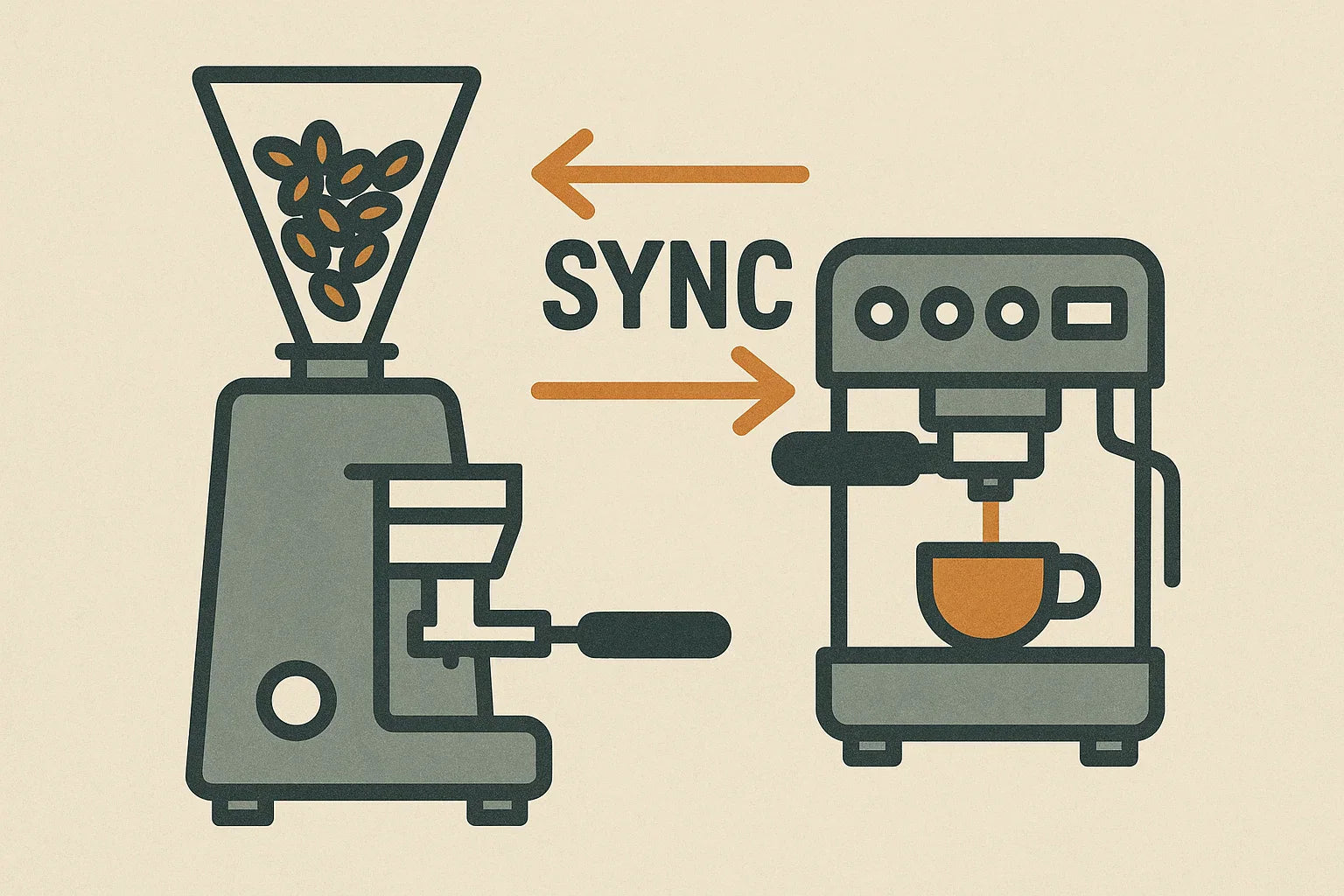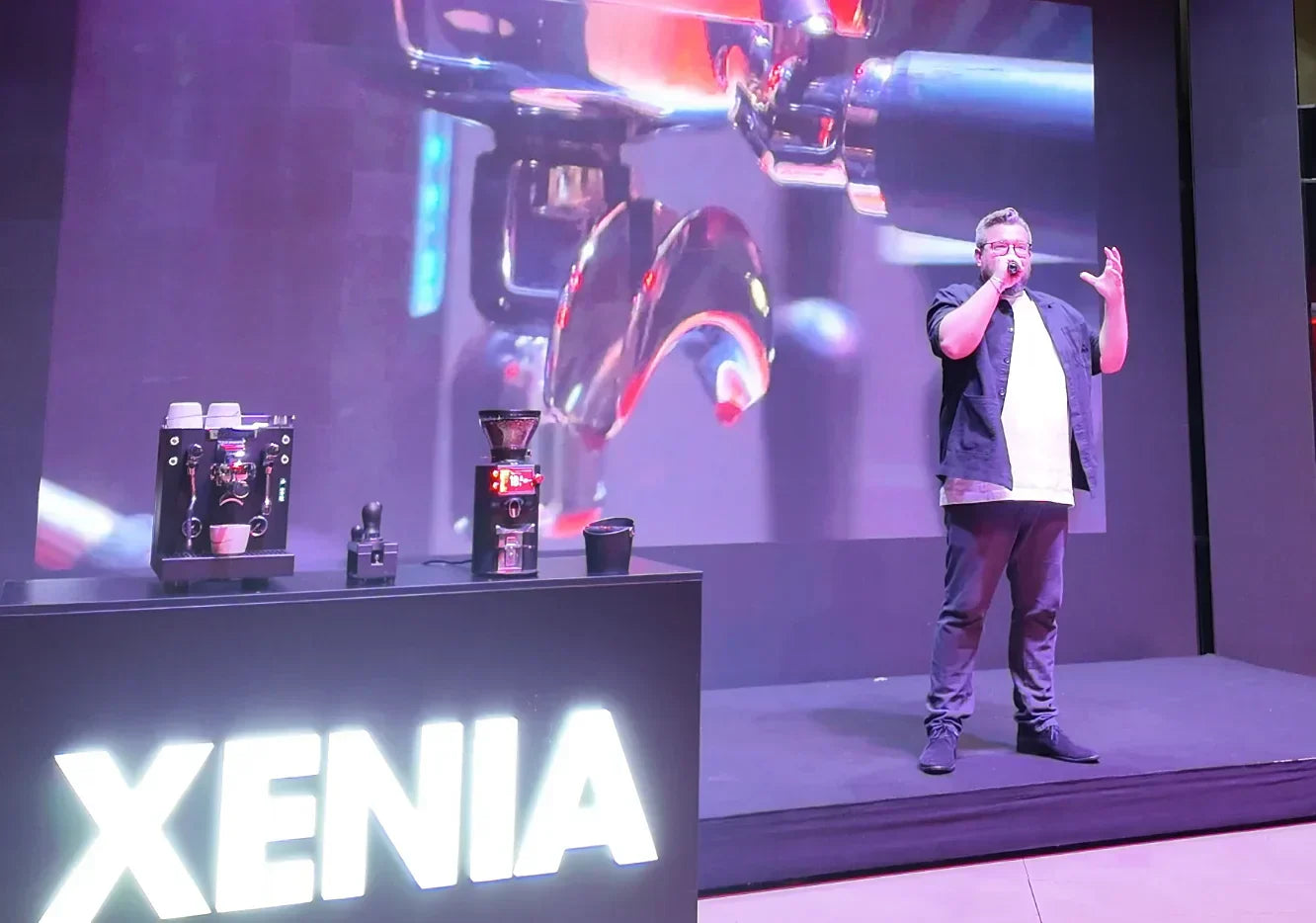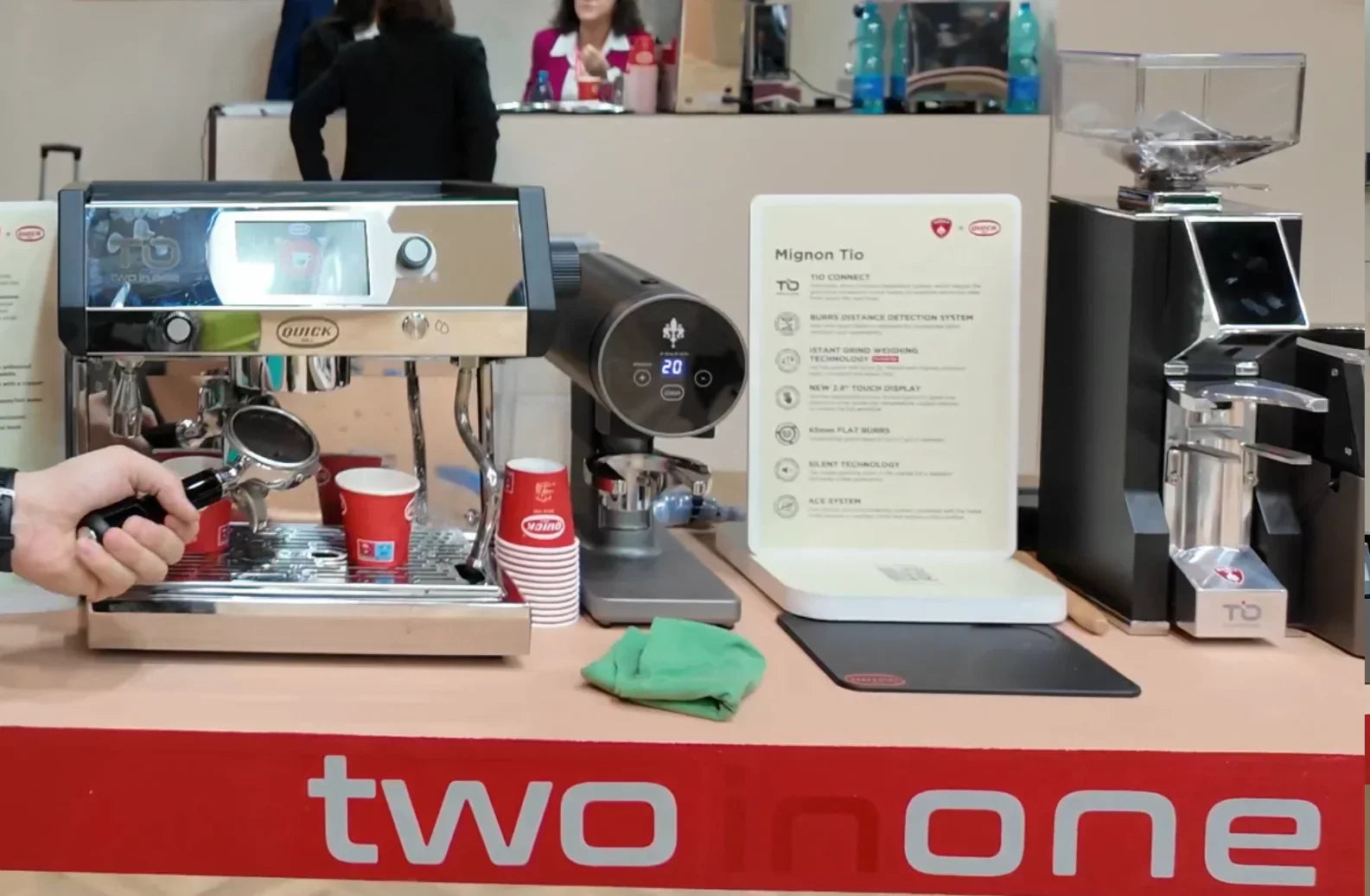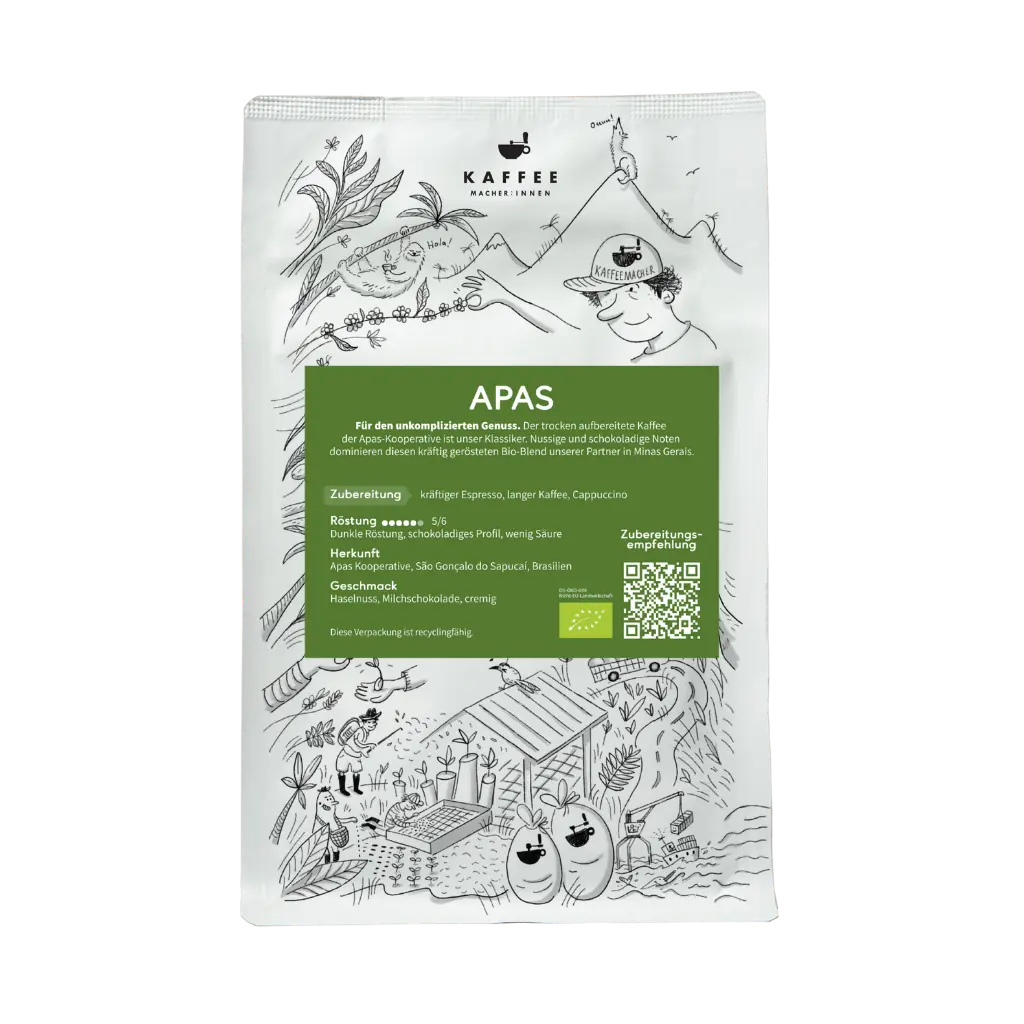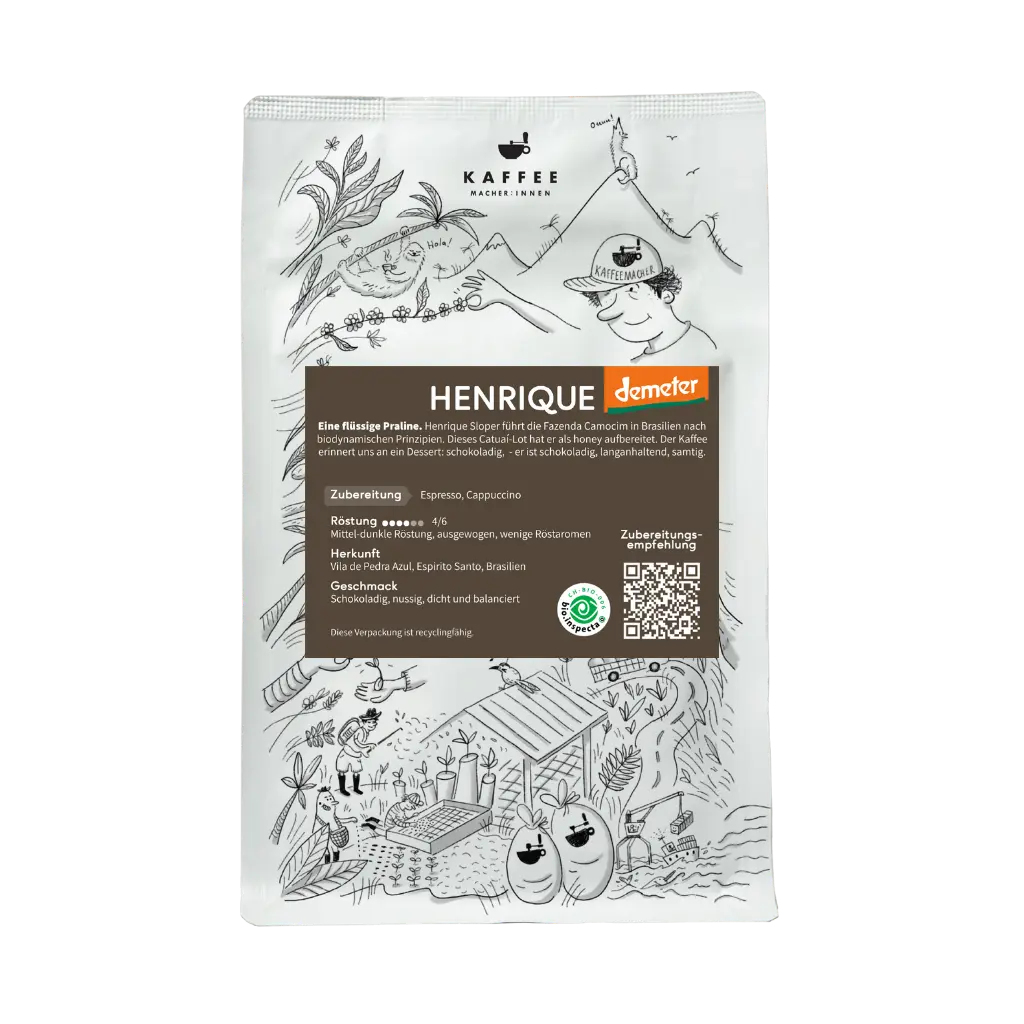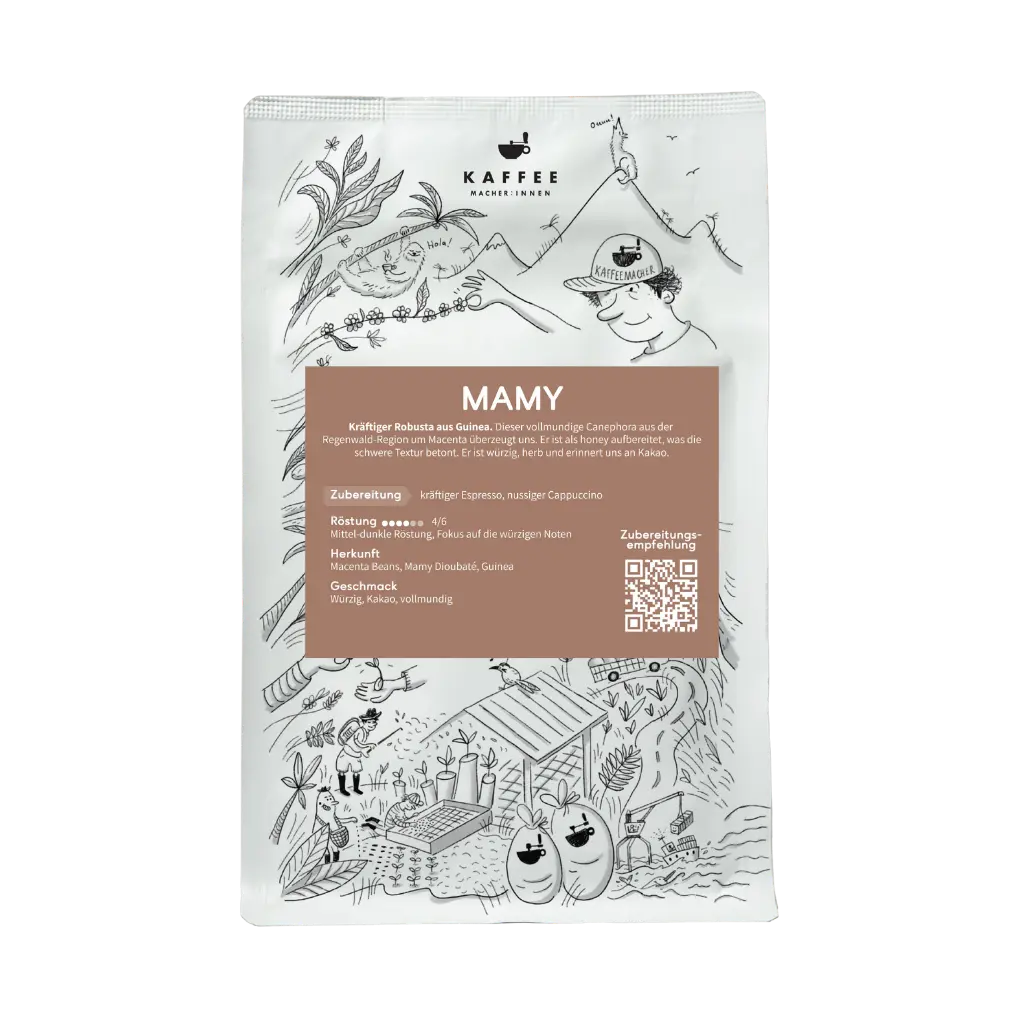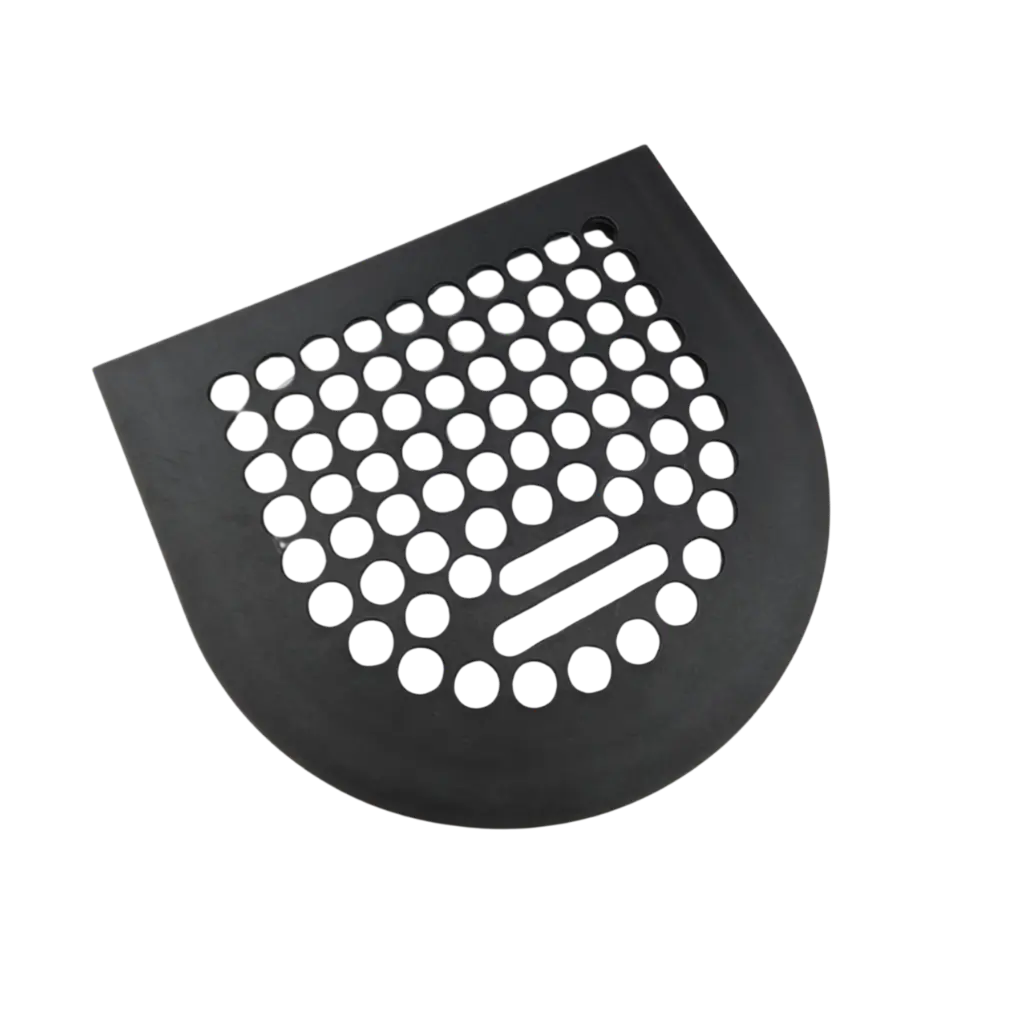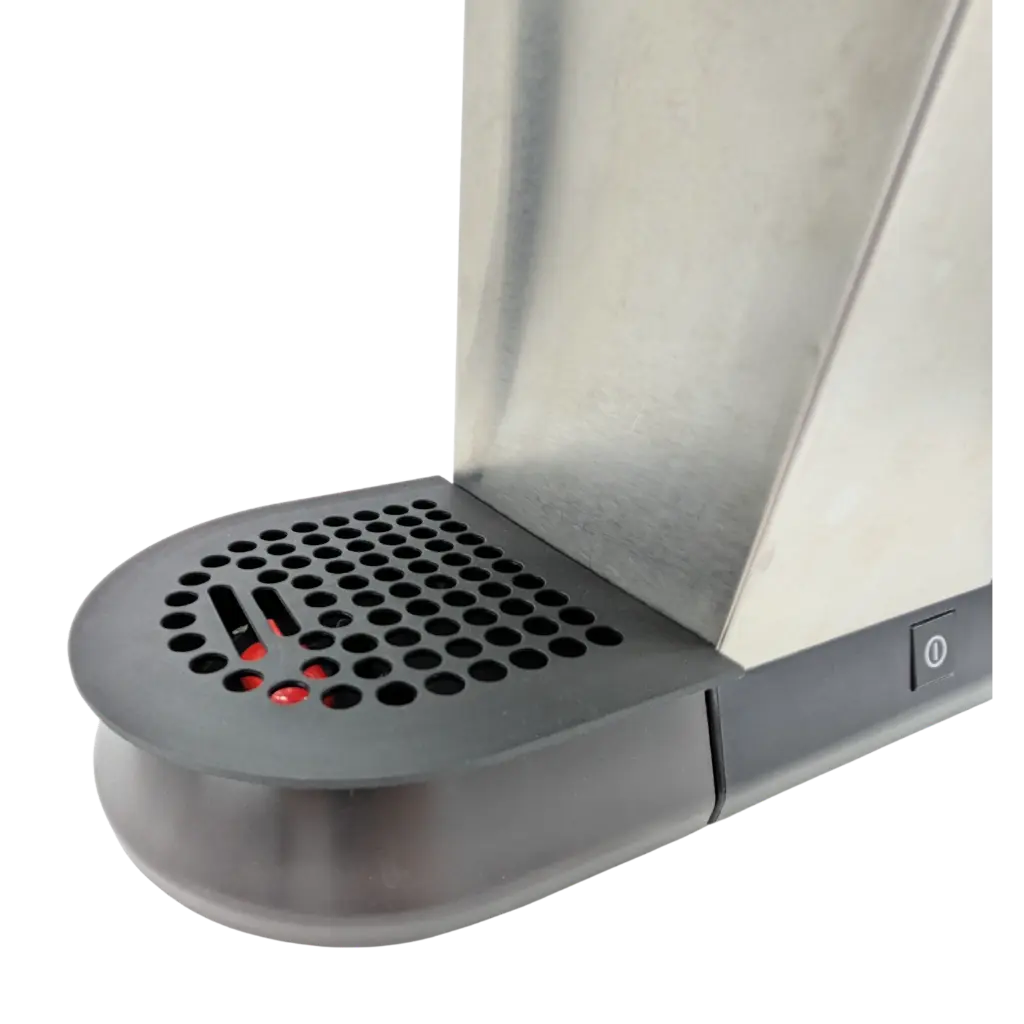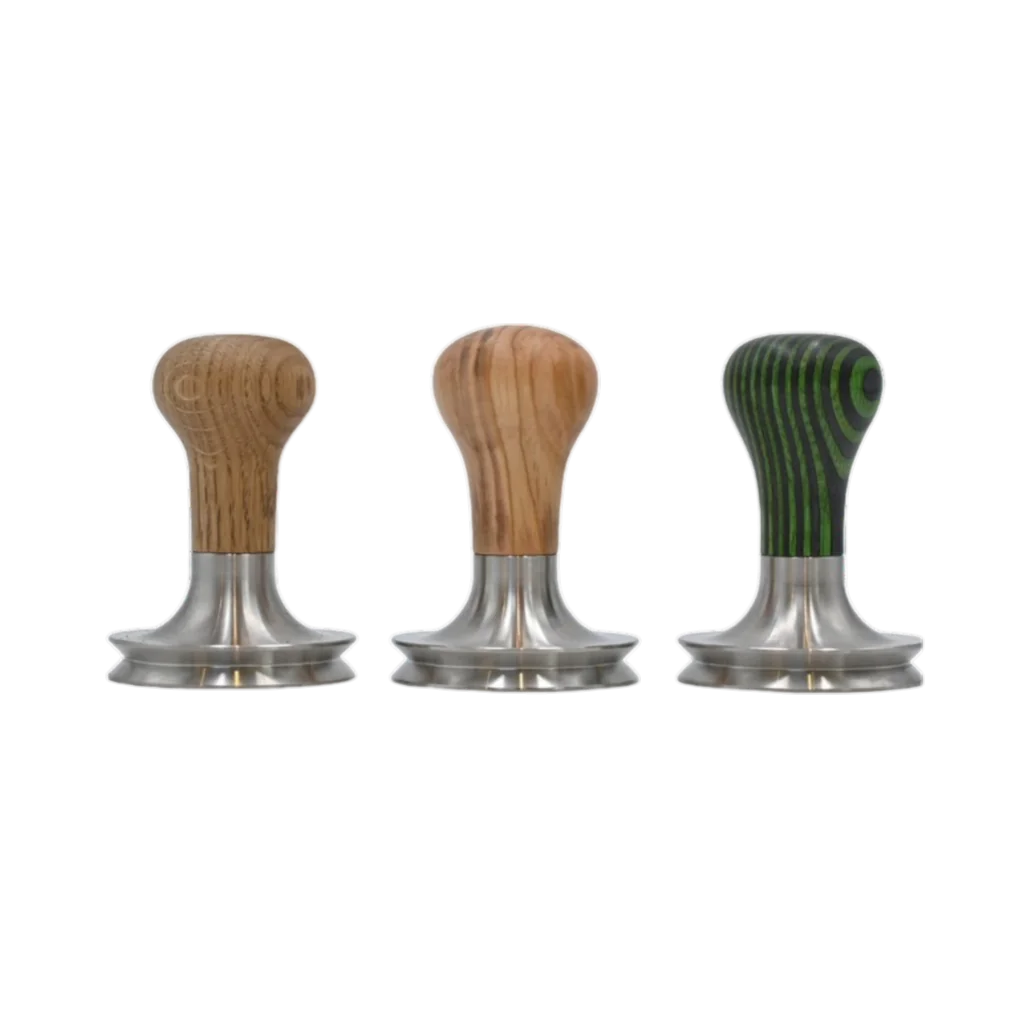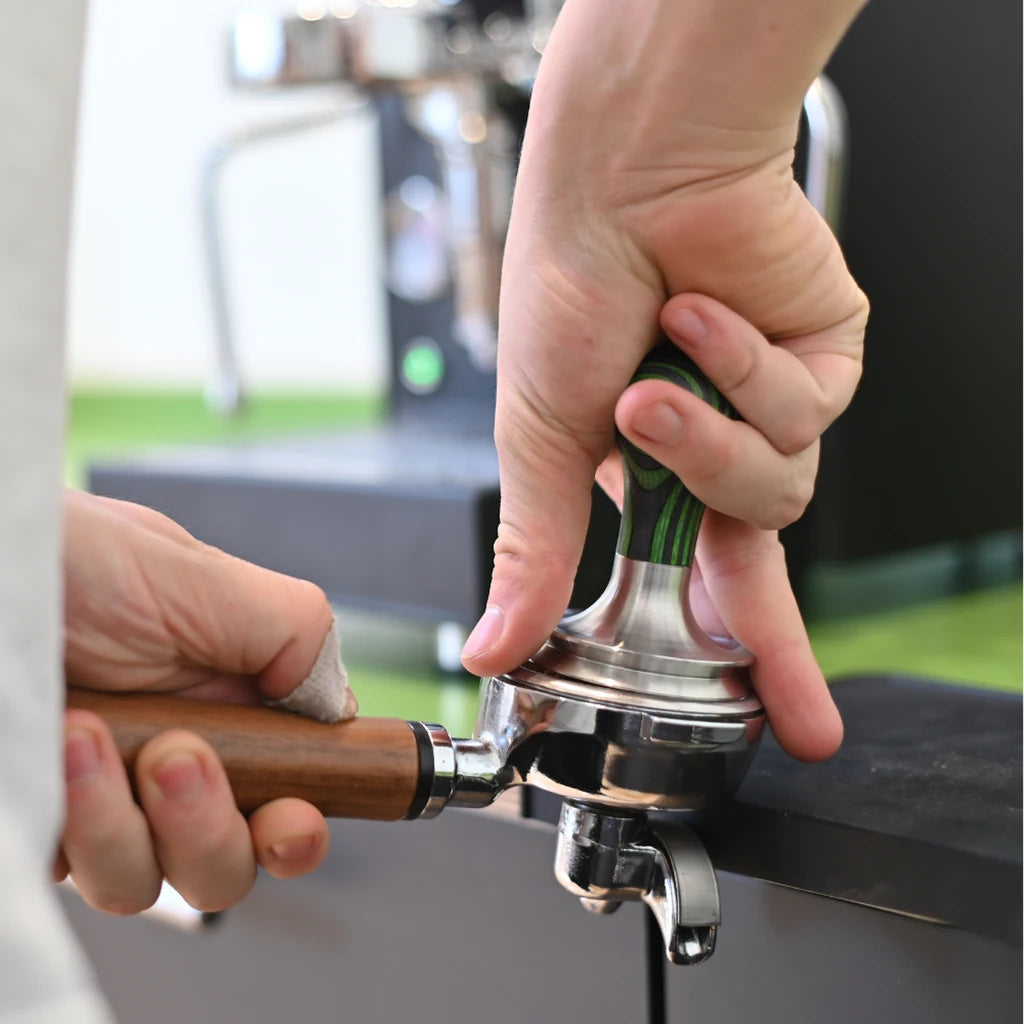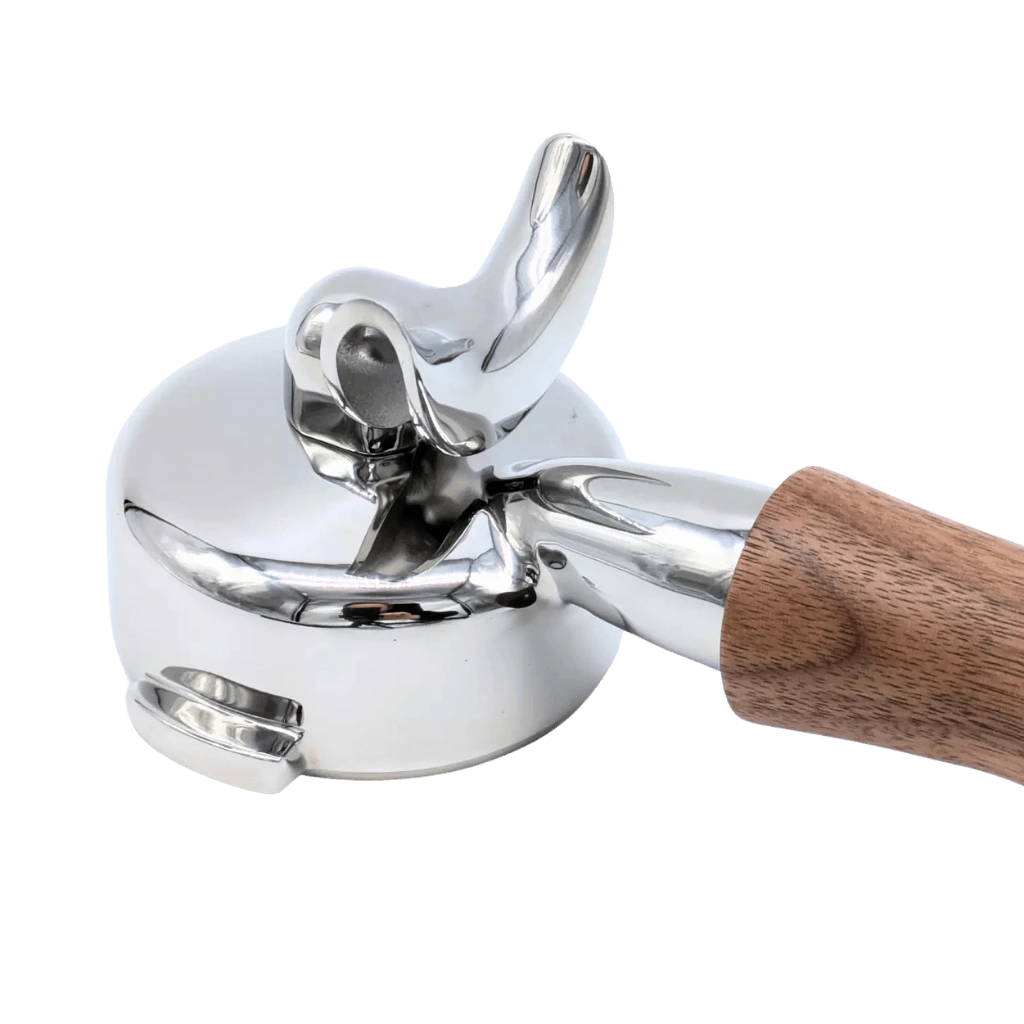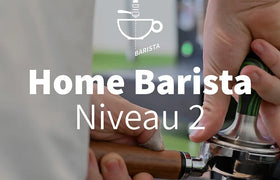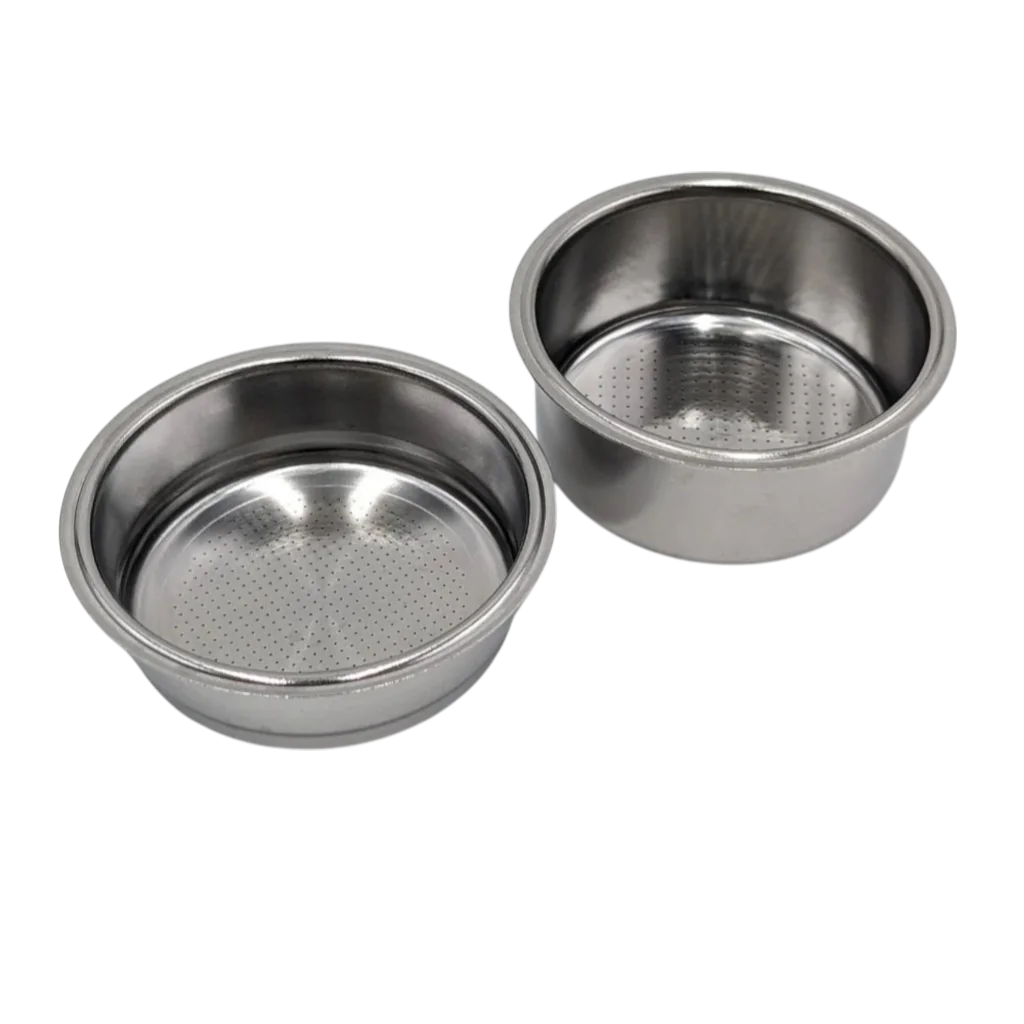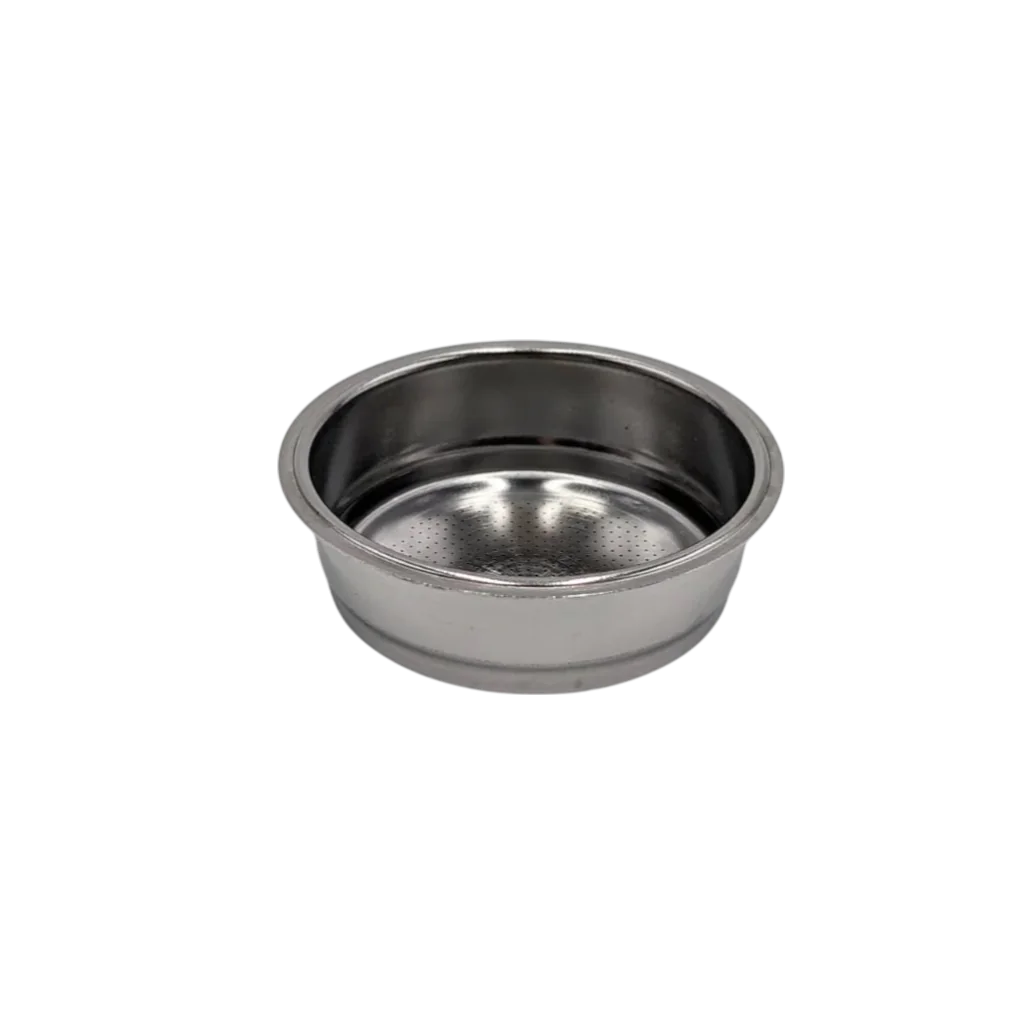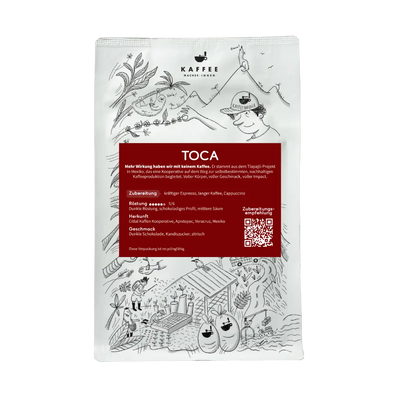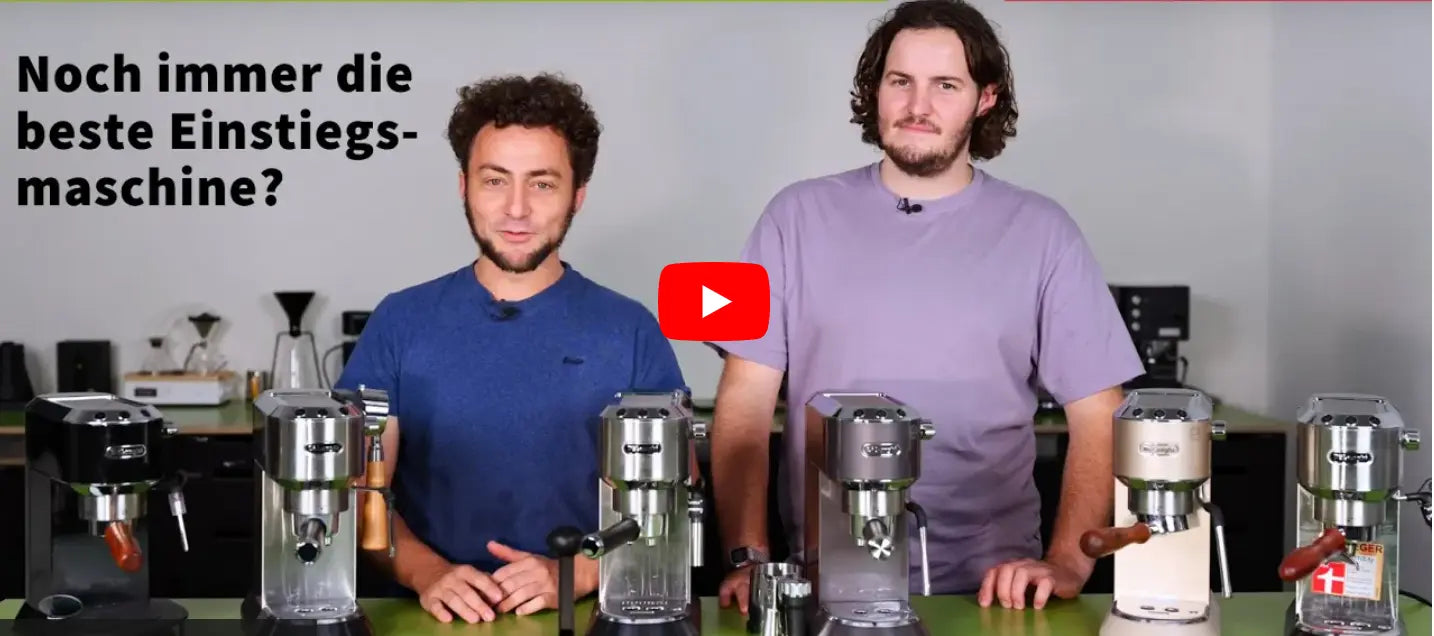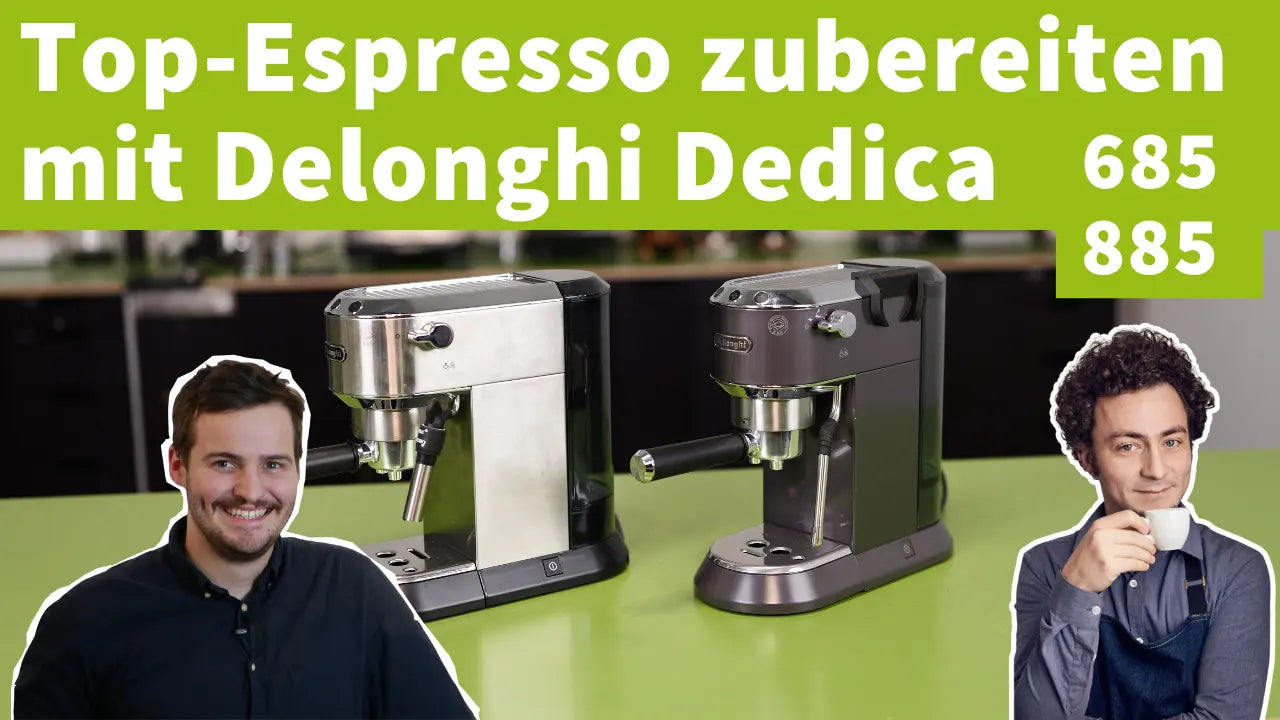The Sage Dual Boiler is an interesting espresso machine. Although it is clearly recognizable as a Sage machine from the outside, it is very different from its sisters in many ways. The Barista Express, the Barista Touch and the Sage Bambino are all thick film heaters. The dual boiler, on the other hand, has, as the name suggests, two boilers for brewing espresso and for frothing milk.
The Sage Dual Boiler competes against well-known competitors such as La Marzocco, ECM and Della Corte. But the price of the saga is a real announcement to her rivals. It is already available for around €1000. This is significantly cheaper than other dual boiler machines - which made us very curious.
To say one thing in advance: The Sage Dual Boiler shows that dual boilers do not necessarily have to be expensive in order to be technically sophisticated and perform well in everyday life. Let's start our test.
We have summarized all of our work results on the Sage Dual Boiler in this article. You can find a very detailed and a summary video on our YouTube channel. Since we enjoyed the machine, we will continue to work with it and share more tips and tricks with you.
Short and sweet - summary of the test
The strengths:
- Temperature stability: Once the machine is heated up, it is really stable
- Fast heat-up time: It's hot in 8 minutes. Don't forget to rinse
- Extensive control options: automatic start time, pre-infusion, and much more
- Double PID control: For espresso and milk foam
- Programmable quantity buttons: Both the dispensing time and the dispensing quantity can be set. The discharge quantity (volumemetric) is often not included, even with much more expensive machines
- Pre-infusion: Both the time of the pre-infusion and the amount of water used can be adjusted. An absolute unique selling point of the Sage Dual Boiler
- Double water tank filling: possible both at the front and at the back of the machine
- No integrated grinder: yes, that's an advantage as it allows you to upgrade better than with many Sage combination devices
- Good milk jug included
- Good sieves with a capacity of 18 – 20 grams are also included
The weaknesses:
- The steam boiler must always be heated, otherwise the heat exchanger principle of the machine will not work. Even if you just want to drink an espresso.
- Lots of unnecessary accessories
- For Sage machines, the dual boiler has a high power consumption. Sage can do that better.
- The tamper does not close flush. That's a shame because it stores so easily in the machine.
- The machine appears massive, especially in width.
- At around 72 decibels, it is relatively loud. The rattling noise during the brewing process is also not that nice to hear.
Dual boiler from Sage - classification
As already described above, the other Sage machines rely on a so-called thick film heater. The water for brewing the espresso and for the steam for frothing the milk is not brought to temperature in a kettle. It runs cold from the tank and is brought to the right temperature in a water heater. Many of the machines also have an integrated grinder on board. This can be practical, but if the mill is giving you trouble or you want an upgrade, then it is hardly possible.
So now a dual boiler machine. The two boilers have a capacity of 0.45 liters (espresso) and 0.95 liters (steam pressure). A disadvantage of this combination is the slower and longer warm-up phase of the machine. Thick film heaters are ready for use almost immediately, boilers need to be heated up. This also makes the power consumption slightly higher. The big advantage, however, is that the boilers are much more temperature stable once they are warm.
Now that Sage is also venturing into the dual boiler market, some die-hard espresso machine purists may be starting to gasp a little. However, we see it as our job to test every machine unbiased and as neutrally as possible. Ultimately, our goal for espresso lovers is to recommend the cheapest and highest quality machine possible that will keep you happy for a long time, perhaps even as a beginner.
A cheap dual boiler
Normally you have to budget at least €1,800 or more for a dual boiler machine. The Sage Dual Boiler, on the other hand, is offered by Sage for €1,150 and on the major online platforms for around €1,000. In Switzerland it could even be found for under 1000 francs at times. However, we advise you to buy the machine from a specialist retailer if possible. Ideally from a dealer who can measure your machine and help you with the initial settings.
Size and appearance
It is 42 cm wide (including the steam wheel) and 38 cm high. With espresso cups on the heating plate we reach a height of 43.5 cm. Speaking of which. A lot of cups fit on top. The dual boiler heats the cups pleasantly so that your drink doesn't cool down so quickly after brewing. The machine is 37cm deep, the portafilter protrudes a little further, so we measure 44.5cm including the portafilter. At 16 kilos it stands very solid and looks valuable. The water tank can be filled from above or removed from the back. This is practical and well solved.
The drip tray holds a maximum of 1 liter, even a little more if you want to risk spilling over when dispensing. Once you have removed the shell, a small wheel becomes visible, with which the machine can be moved very easily, despite its weight. Well covered.
Temperature curves Sage Dual Boiler

power consumption

Espresso preparation with the Sage Dual Boiler
Even if the machine shows that it is ready to brew a little earlier, you should give the dual boiler 8 minutes. This is how we were able to brew good espressos. It's best to take a rinse shot after the heating time. Then the portafilter is also at operating temperature. If you don't plan your espresso drinking times well in advance, but rather want to brew spontaneously and quickly after switching it on, we advise you to set the machine 1.5 degrees higher using the PID control. So you can be sure that a good brewing temperature will be achieved even after a short heating time, of the 8 minutes mentioned above. You should pay attention to this high brewing temperature, especially for high-quality, complex and lighter roasts. Darker roasts can also tolerate lower temperatures.
We recommend grinding 18 – 20 grams of espresso powder into the double sieve provided. Grind fresh and espresso-fine, distribute, tame and clamp. We always recommend double servings as the quality of the drink is better and they are easier to adjust.
In our tests, we always aim for a brewing ratio of 18 grams of espresso powder to approx. 36 to 45 grams of espresso in the cup. The espresso brewing time should take about 25 seconds. Of course you can experiment here. Some espressos taste a little better with longer times. Even with the pre-infusion, you can still make a lot of fine adjustments and get a lot out of the espresso in terms of taste.
